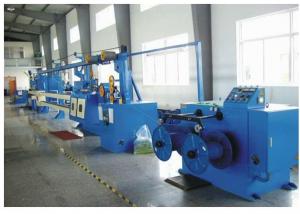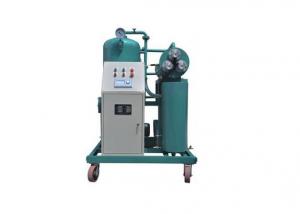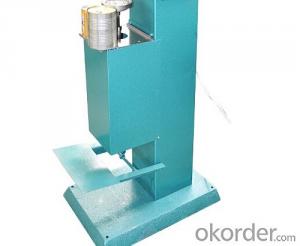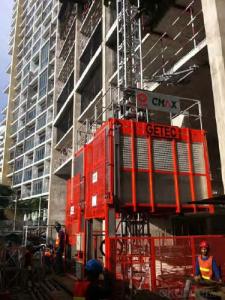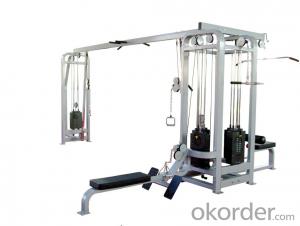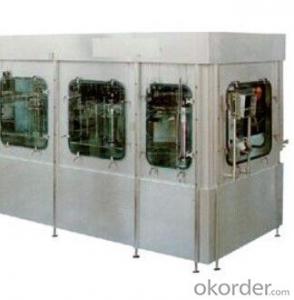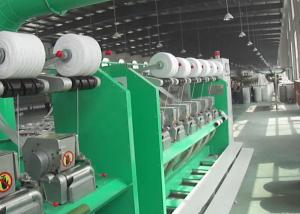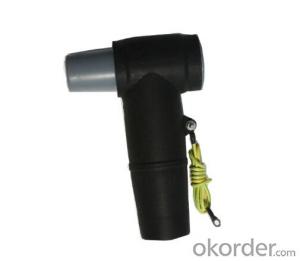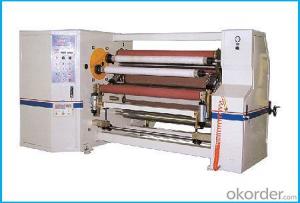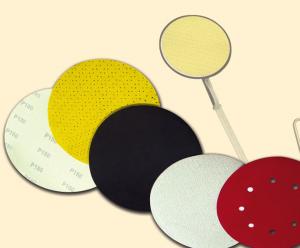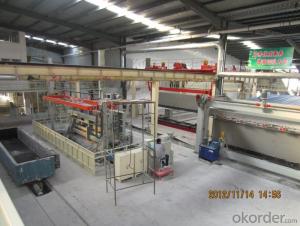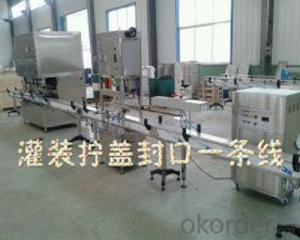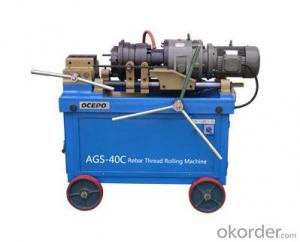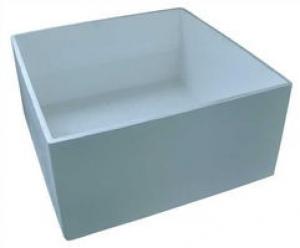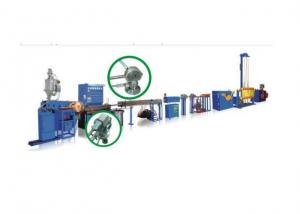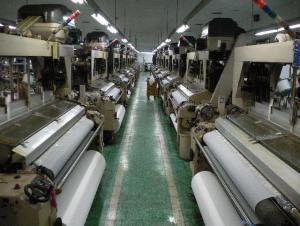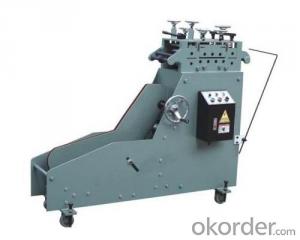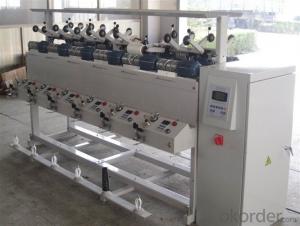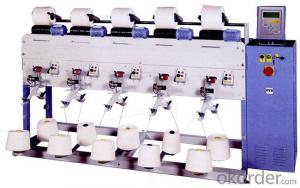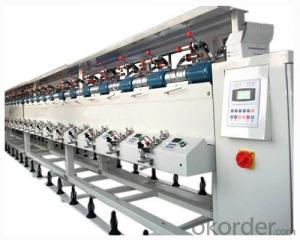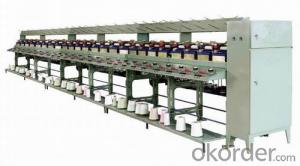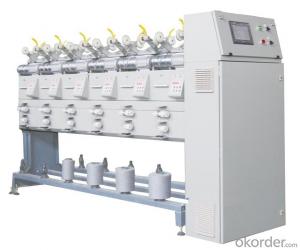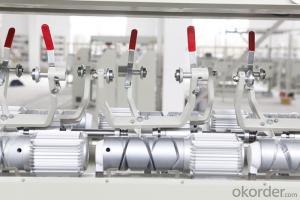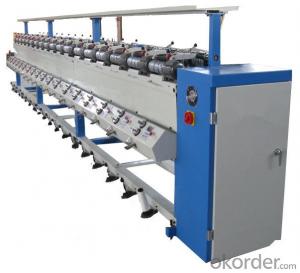Able Rehabilitation Equipment
Able Rehabilitation Equipment Related Searches
Occupational Therapy Equipment Refurbished Medical Equipment Therapeutic Gymnasium Equipment Contraction Equipment Auto Lifting Equipment Disability Lifts Elevators A Frame Lifting Equipment Chattanooga Therapy Equipment Shuttering Equipment Electronic Equipment Recycling Moveable Arm Handicap Elevators For Homes Adjustable Table Angle Walker Medical Equipment Filament Winding Equipment Washable Rugs Medical Equipment Tucson Medical Equipment Europe Portable Belt Conveyors Electronic Bench Test Equipment Glass Grinding Equipment Refractory Brick Canada Electronic Assembly Equipment Acoustic Plaster Board Retractable Volleyball Net Non Electrical Equipment Power Transmission Equipment Automatic Brick Machine Camping Sun Loungers Flexible NettingAble Rehabilitation Equipment Supplier & Manufacturer from China
Able Rehabilitation Equipment offers a wide range of products designed to assist individuals with disabilities or those recovering from injuries. These products include walkers, wheelchairs, mobility scooters, and various other assistive devices that cater to the specific needs of each user. These devices are engineered to provide support, enhance mobility, and promote independence for people with varying degrees of physical limitations.The application and usage scenarios for Able Rehabilitation Equipment are vast, as they are designed to accommodate a diverse range of individuals. From the elderly to those with temporary or permanent disabilities, these products are essential in facilitating daily activities and improving the overall quality of life. They can be used in various settings such as homes, hospitals, rehabilitation centers, and even public spaces, ensuring that individuals can maintain their independence and engage in social activities with ease.
Okorder.com is a reputable wholesale supplier of Able Rehabilitation Equipment, boasting a large inventory that caters to the needs of various customers. By partnering with Okorder.com, businesses and healthcare providers can access a comprehensive selection of high-quality rehabilitation equipment at competitive prices. This partnership ensures that individuals requiring such devices have access to the necessary tools to support their recovery and enhance their mobility, ultimately improving their overall well-being.
Hot Products
